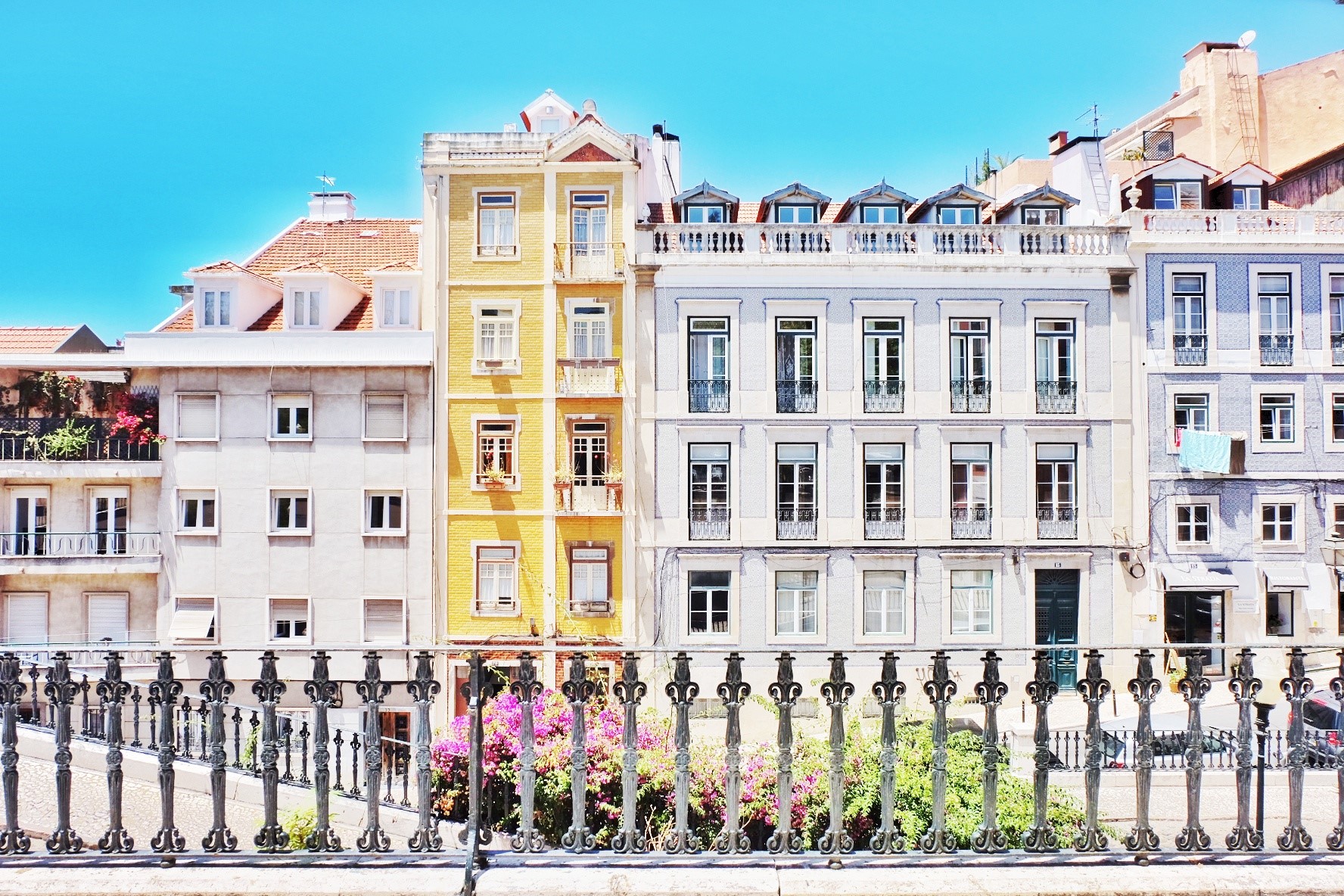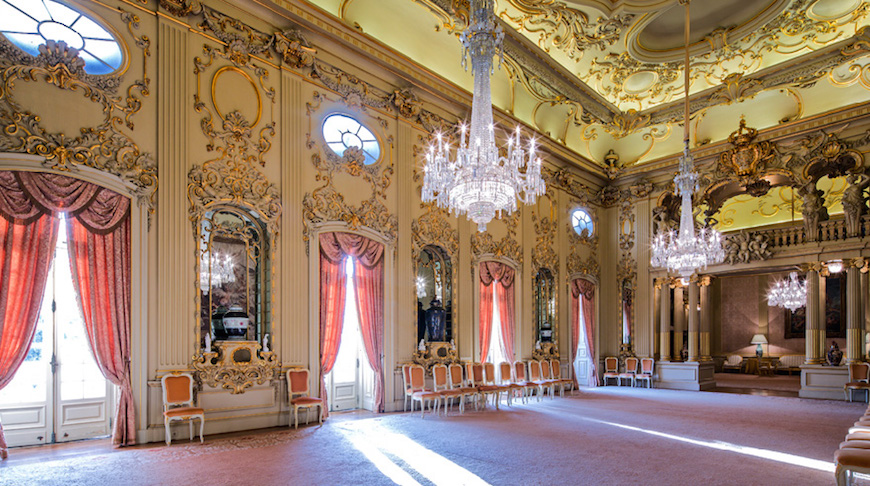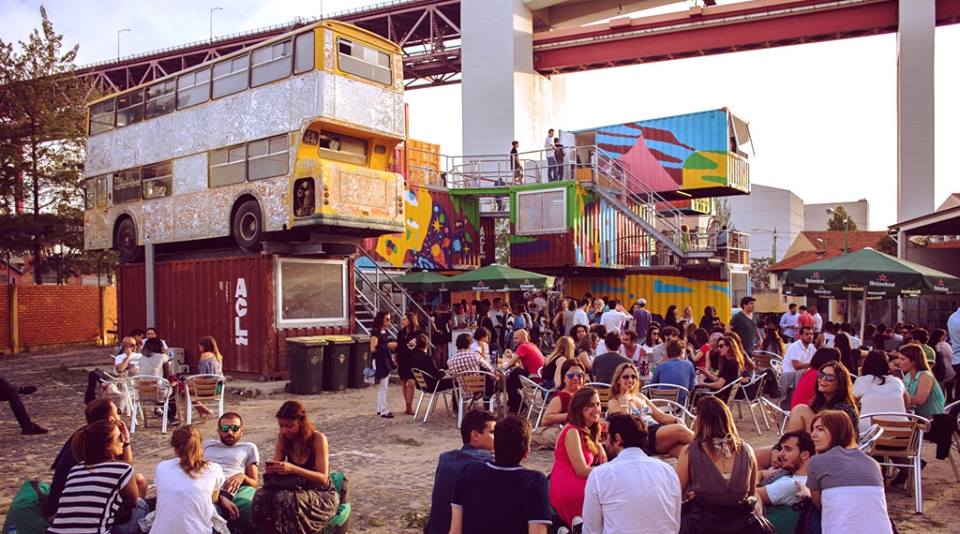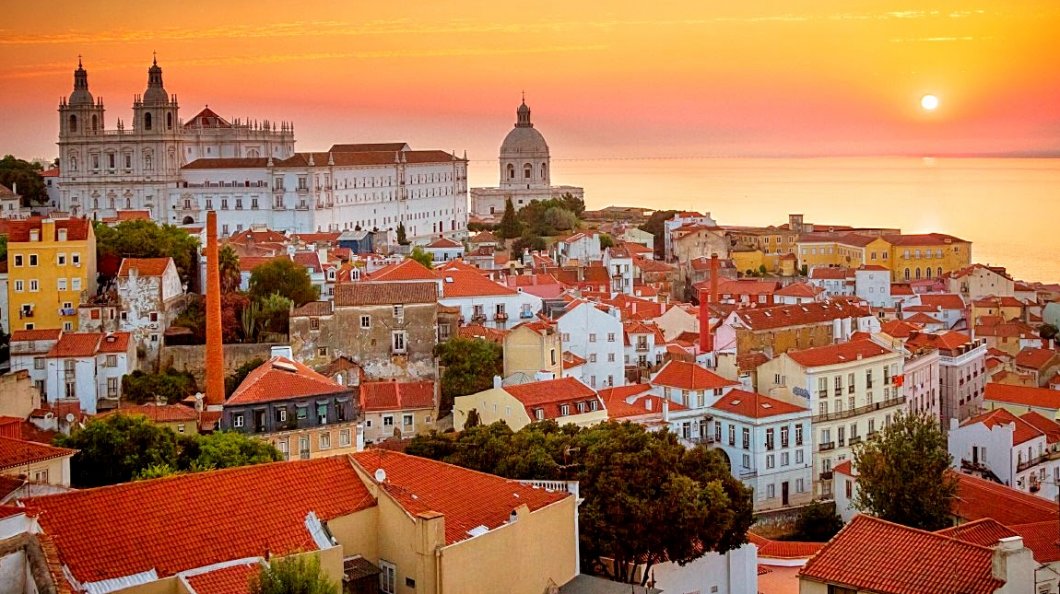Since we moved to Lisbon over two years ago, quite a few of our friends and family have come to visit. After all, Portugal in general and Lisbon in particular have become one of the hottest places to visit in Europe lately, and for many people, even those coming to learn Portuguese in Portugal, it’s their first visit here. Some will have pored over guidebooks ahead of time and arrive with a good idea of what they want their itinerary to look like, but just as often they’ll ask us, ‘hey, you’re sort-of locals now; what would you recommend we should see?’ It’s a revealing question, because it suggests there isn’t one particular focus of visitors’ fascination in the same way there obviously is in, say, Paris or Barcelona or Rome. When a travel writer wants to evoke Lisbon in an accompanying image, quite often they’ll choose a panoramic view from one of the city’s many miradouros (lookout points), showing its array of colourful buildings and hilly topography - perhaps accented, though not dominated, by a church or other monument. That’s certainly not to say that there’s any lack of picturesque and fascinating monuments or specific places to visit, because you could easily stay a week or more and not run out of destinations in the beautiful Portuguese capital. And of course, if someone is only here in town for a day or so, I always say they should definitely not miss the Castelo de São Jorge, the ancient Alfama neighborhood, and the monuments in Belém. If you search travel publications of the past couple of years (which I recommend doing before you come), you’ll find lots and lots of articles, blogs and photo essays telling you about writers’ favourite museums, restaurants, or great little shops. But the truth is, all the must-see destination itineraries and lists of superlatives (did you know that, after Athens, Lisbon is the oldest capital city in Europe?) might not tell you the overall best thing about Lisbon: the sense of place. Wandering around the pastel-hued and tiled buildings along stone-paved streets, stopping for a coffee at a historic kiosk or an ice cream at a little shop, pausing to grab your camera as you glimpse a view of the River Tejo down a narrow passageway - listening all the while, of course, to the unmistakable soft ‘sh-sh’ of the Portuguese language - these are the things that will let you know you’re in Lisbon and not anyplace else. And yet it’s not just the historic architecture and retro charm that makes Lisbon special; if you come expecting ‘just’ a pretty old European city, you’re sure to be surprised.

What this means is that you really can’t go wrong while visiting Lisbon; just get out and about. Walking is the most flexible way, of course, but there are other fun options, too. The historic trams are emblematic and picturesque, and if you’re feeling a little adventurous, you can take the famous Tram 28 from Alfama all the way to the end and see a less-touristed but also lovely part of town. Right where the tram line finishes is the Prazeres Cemetery, a park-like space created in 1833 that’s filled with ornately sculptured mausoleums, some of which are almost like mini-churches. It’s a peaceful oasis and a history lesson (if you want it) wrapped up in one, and at the far end, there’s a spectacular view out to the river. After stretching your legs here, you might wander over to the Mercado de Campo de Ourique, a restored 1930’s market hall where you can still buy the fresh fish and vegetables of the day, but where there are now also restaurant stalls specialising in fish, meat, pasta and sushi, and tables and chairs for the consumption of what you’ve chosen. It’s quite a bit smaller and more intimate than the Mercado da Ribeira at Cais do Sodré, and the ratio of tourists to locals is quite different, so if your goal is to learn Portuguese in Portugal, you’ll have a chance to practice here. When we go to this market from home, we usually walk up through the Tapada das Necessidades, a royal garden next to the stunning pink-and-white Palácio das Necessidades, which dates from 1742. Almost no tourists, and even relatively few Lisboetas, seem to know about this lush, exotic park, which includes duck ponds, palm trees, a cactus and succulent garden, a glasshouse, a flock of geese and even some peacocks. There’s a wall around the whole garden, but you can enter at the top near Campo de Ourique and come out at the lower end next to the palace, and then cross the street to another miradouro (viewpoint) with an elaborately sculptured Baroque-style fountain.

About a 15-minute walk from the Palácio das Necessidades is one of the coolest spots in Lisbon, the LX Factory. Housed in an old manufacturing complex directly under the 25th of April Bridge, this is an excellent example of urban regeneration done well. Now filled with restaurants, bars, shops and street art that, together, combine funky retro and up-to-the-minute cool, the LX Factory perfectly encapsulates the contemporary energy of Lisbon. The regeneration began in 2008 and it’s now a buzzing hub of creativity, with music performances, workshops, and art shows throughout the year and nightlife on the weekends. There’s also one of the most amazing bookstores anywhere, Ler Devagar (“read slowly”), which has a huge selection of everything from rare editions to the latest paperbacks (yes, there are books in English, though browsing here is a perfect opportunity to check your progress if you’re trying to learn Portuguese in Portugal). And if you come to the LX Factory on Sunday, there’s a flea market with a wide variety of vintage and new pieces. This rejuvenated mini-city is far from under the radar, but even while it’s increasingly popular with Lisboetas, it’s also not always on a typical tourist’s agenda. And when you want to get back to the city centre, you can hop on one of the sleek new trams that run along Avenida 24 de Julho. These new trains are demonstrate as much of a contrast as it’s possible to have with the historic trams that wind up in the hills of the city, yet considered together, both are illustrative of Lisbon’s distinct combination of modern and historic, retro and contemporary.

So whatever you choose to do while you’re here, give yourself the opportunity to be surprised. Of course, Lisbon is a beautiful and historic city with a great variety of things to see and experience, and you might even have a ‘top three’ list of monuments or sites on your must-do list. But your experience will be all the richer for getting off the beaten track, even just a little, and then being willing to slow down and watch the life of the city happening all around you. See you soon!



